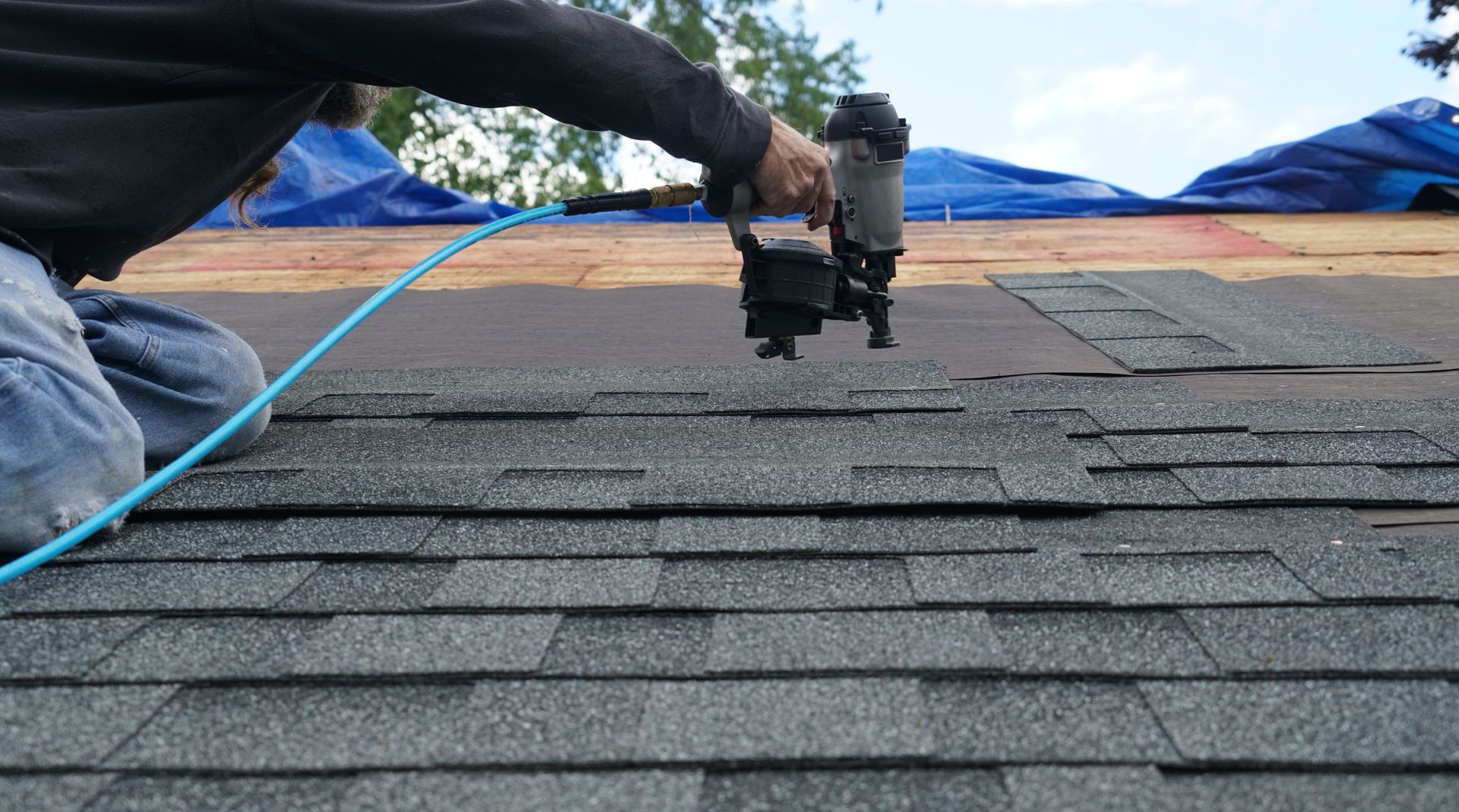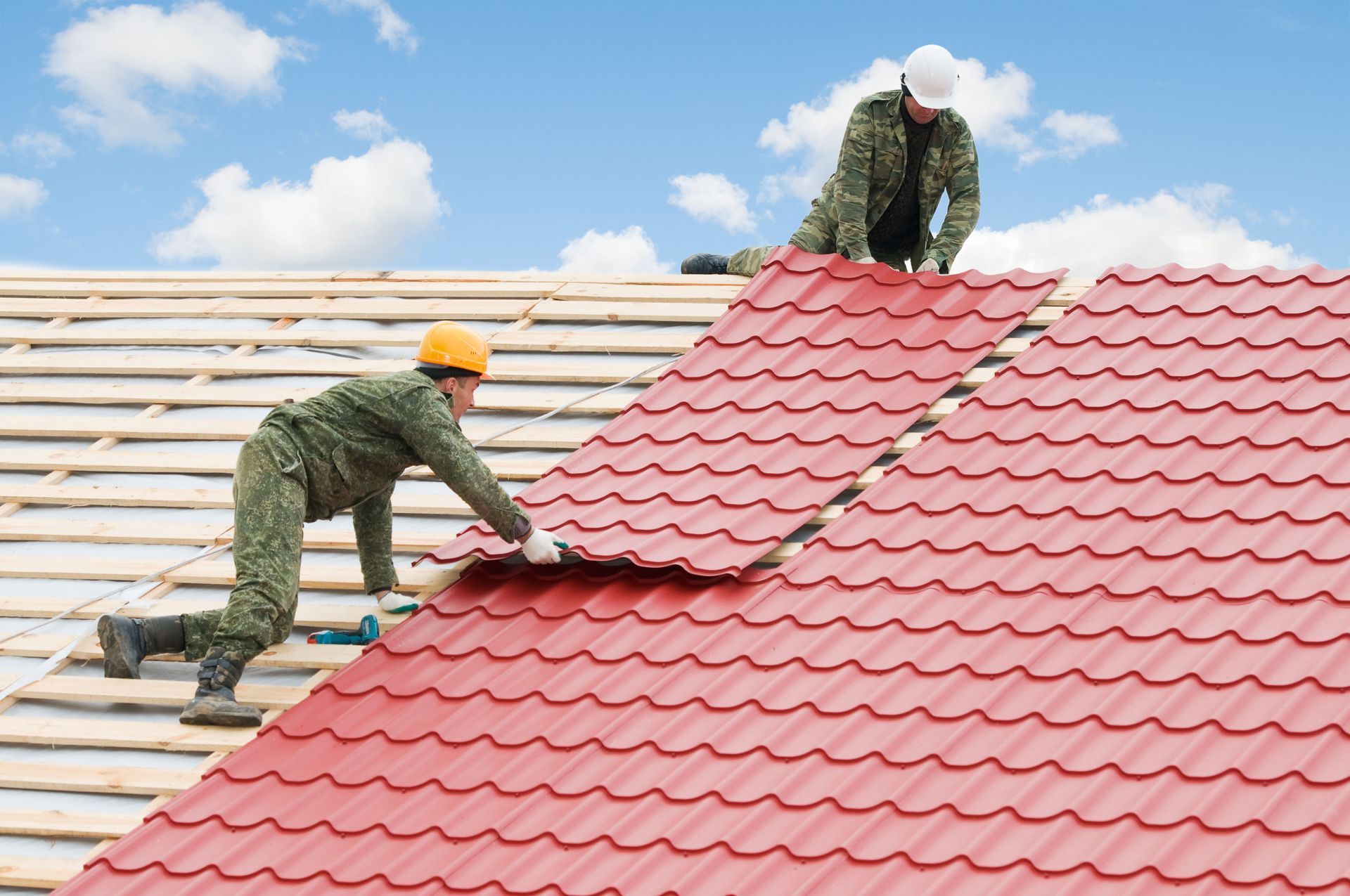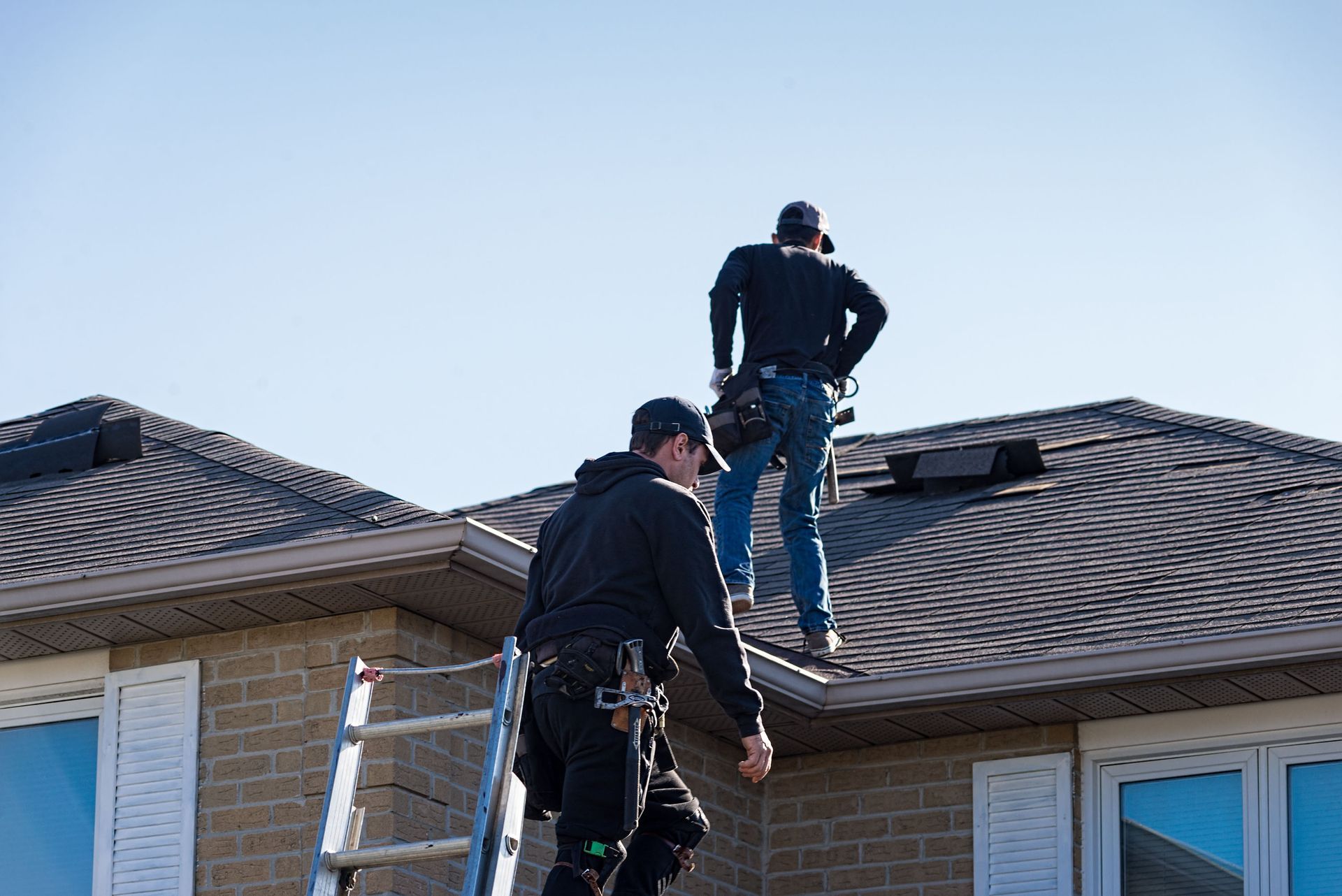5 Things to Know About Residential Roof Installation
When it comes to home improvement projects, residential roof installation holds significant importance. Your roof is not only an essential component of your home's structural integrity but also a key ambassador of curb appeal. A properly installed roof protects against weather damage, improves energy efficiency, and can even reduce insurance premiums over time. Understanding what goes into a roof installation can ensure you make informed decisions and maximize the longevity of this critical asset. In this guide, we uncover five crucial aspects you must understand before embarking on a roof installation journey, helping you feel prepared every step of the way.
1. Choosing the Right Material
One of the most pivotal decisions you will make in the process of a residential roof installation is choosing the right material. Various materials, such as asphalt shingles, metal, wood, and tile, offer distinct benefits and longevity. Some are more resistant to harsh weather, while others provide a unique visual appeal or energy efficiency. Consider the climate of your location, budget constraints, and aesthetic goals when selecting the material. Consulting with a roofing professional can also help ensure your choice aligns with long-term performance and maintenance needs. Remember, the right choice can significantly impact the lifespan and efficiency of your roof.
2. Importance of Professional Expertise
While DIY enthusiasts may be tempted to take on a residential roof installation, having a professional's touch can be invaluable. Professionals bring technical expertise, proper tools, and safety measures essential for the job. They also have the knowledge to handle unforeseen challenges during installation, ensuring durability and compliance with local building codes. A professional installer can help you optimize the performance of your new roof, while also providing warranties, insurance coverage, and peace of mind that the job is done right the first time, avoiding costly future repairs.
3. Understanding the Roof Installation Process
Familiarizing yourself with the roof installation process can aid in managing expectations and ensuring a smooth project flow. Typically, the process begins with the removal of the old roofing materials, followed by inspection of the underlying structure. After any necessary repairs, the new roofing material is installed, ensuring proper alignment and fit. Additional steps may include the installation of underlayment, flashing, and ventilation components, all of which contribute to the roof's long-term performance and energy efficiency. According to Ruby Home, an estimated 5 million roofs are installed each year, highlighting the importance of understanding the process as you join these ranks.
4. Budgeting and Costs
Budgeting for a roof installation involves more than just the cost of materials and labor. Consider additional expenses such as permits, removal and disposal of old materials, and potential structural repairs. Don't forget to factor in costs for weather-related delays, specialized equipment rentals, and temporary accommodations if the project disrupts daily living. Whether you're planning a commercial upgrade or a residential roof installation, creating a detailed budget with an allocated contingency for unexpected costs can prevent financial strain and project delays. Remember, an investment in quality materials and expert installation will save you money in the long run by reducing maintenance and repair needs.
5. Maintenance Tips
Once your new roof is installed, committing to regular maintenance is essential to ensure its longevity and performance. Roofing materials benefit greatly from periodic inspections and upkeep, which can help identify and address small issues before they escalate into costly repairs. Cleaning gutters, checking for damaged shingles, and inspecting flashing and ventilation systems are all important steps in a proper maintenance routine. Regular care not only extends the life of your roof but also protects your home from water damage and other structural issues. Keeping a detailed record of maintenance activities can also help you stay on track and prioritize necessary repairs over time.
Residential roof installation is a significant project that requires careful consideration and planning. From selecting the right materials to understanding the installation process, professional expertise, budgeting, and maintenance, each step plays a vital role in ensuring a successful outcome. Being informed empowers you to make decisions that enhance the durability and longevity of your roof, ultimately safeguarding your home and increasing its value. As you venture into this essential home improvement, carry these insights with you to guarantee a roof that truly stands the test of time.
Ready to get started on your residential roof installation with confidence? Contact Finch Roofing today for expert guidance, quality materials, and reliable service that protects your home for years to come.





Share On: